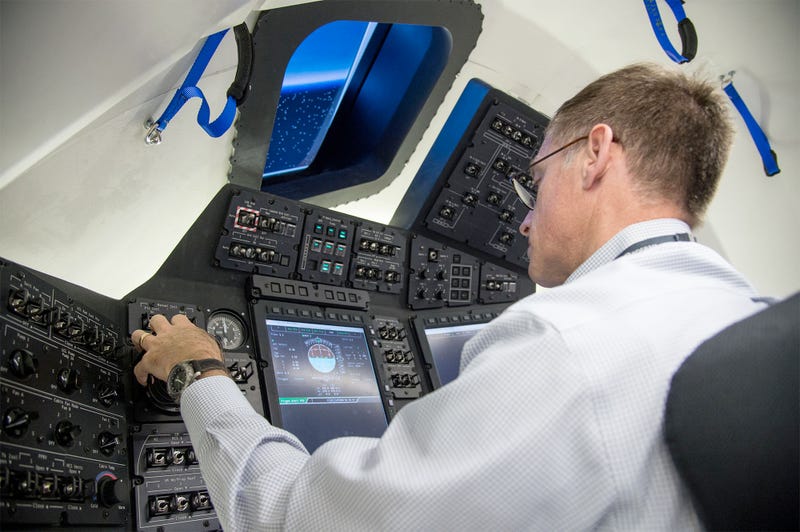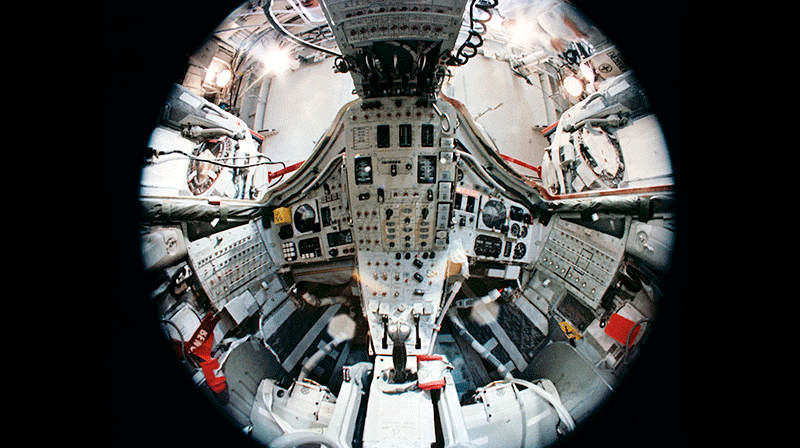
When you drive, the second most important thing you should keep your eyes on is the dashboard of your car (the first thing being the road). In space, however, it’s the controls that are the most essential for navigating and operating your spacecraft. From Gagarin to Scott Kelly, here’s a brief visual history of the human-spacecraft interface.
If we look at all the main instrument panels humankind has designed and built during the past 55 years, we can see how the display and control system of spacecraft have become more complex and sophisticated and back again. The following set of images will place you in front of dozens of analog and digital instruments, displays, hand controllers, pedals, levers and switches that astronauts, cosmonauts, and taikonauts have used over the years, and what they will use moving forward.
Consider the Space Shuttle, which had nearly two thousand switches and controls; a far cry from the Vostok-1 control board and display, which had only about 25 switches and controls for cosmonaut Yuri Gagarin to use on his historic flight (see the second photo below).
Advertisement
Now, the age of touch screens and ever-smarter software is clearing up the spacecraft flight deck.
Vostok, 1960-1963, Voskhod, 1964-1965 spacecraft


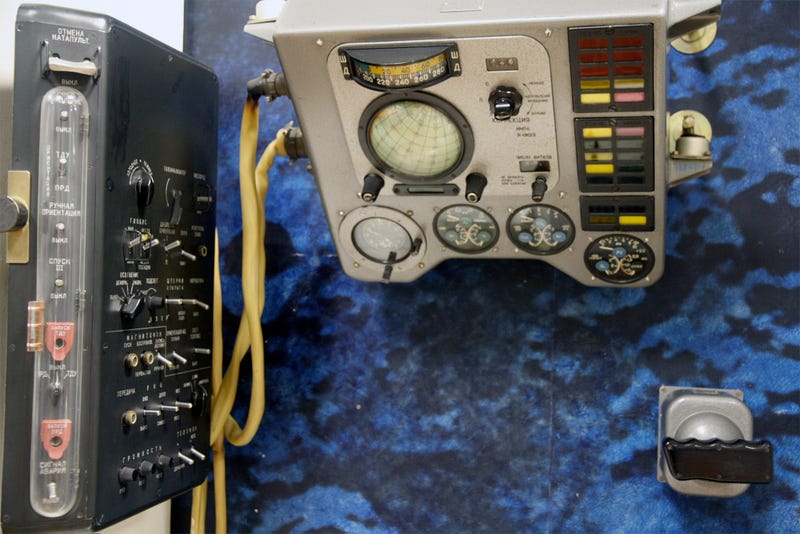
Mercury spacecraft’s instruments and controls, 1961

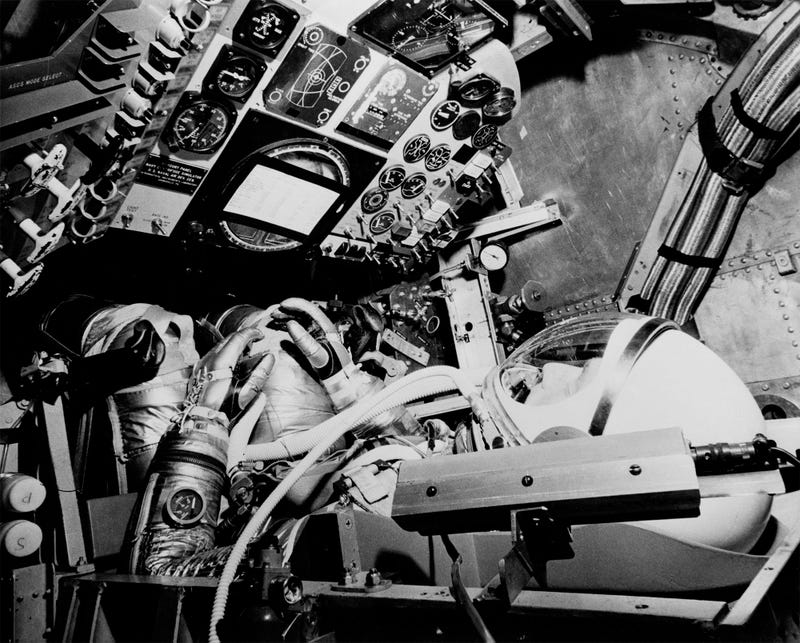
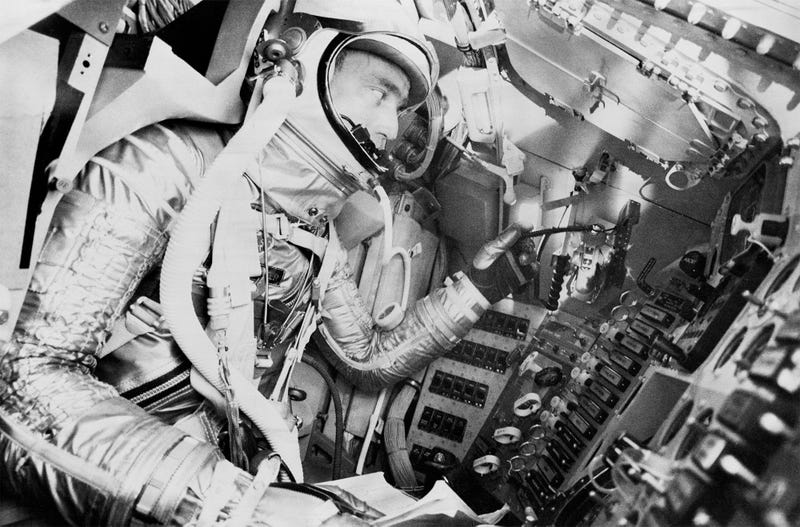
The North American X-15 spaceplane, 1960s
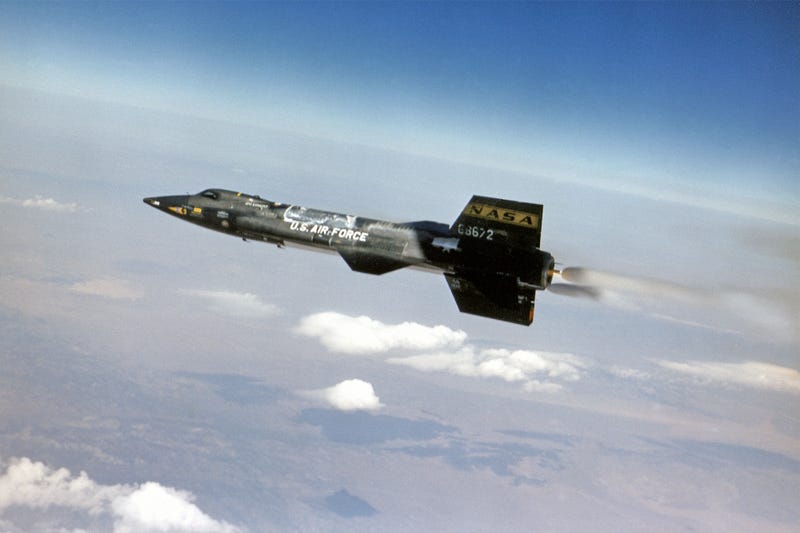
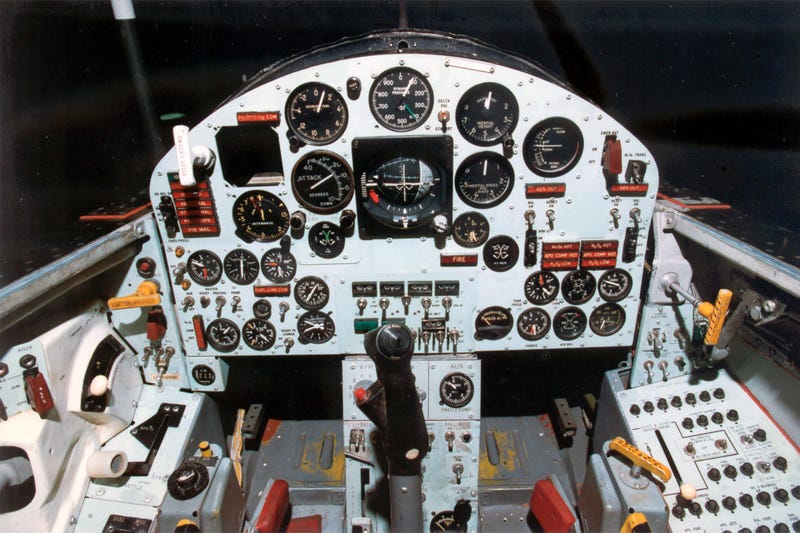
Gemini spacecraft’s displays and controls, 1965

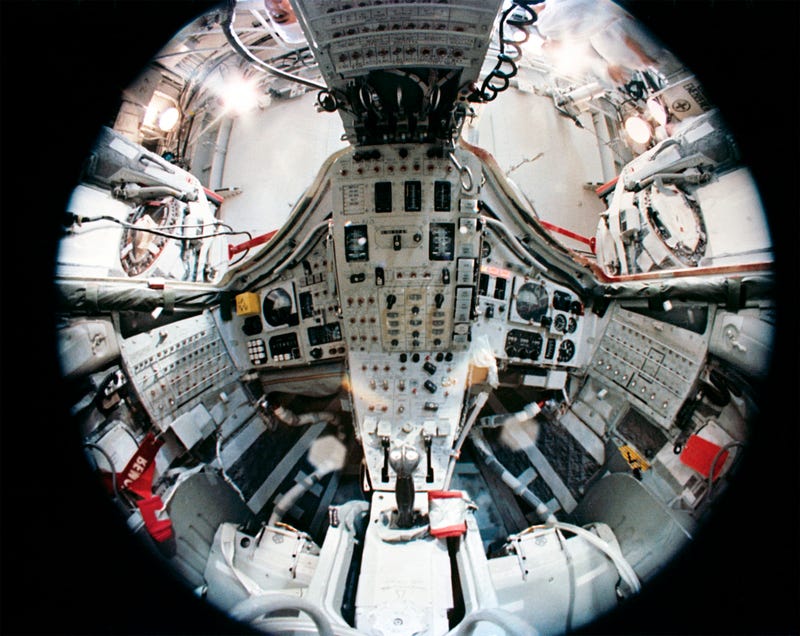

Soyuz (1967–)
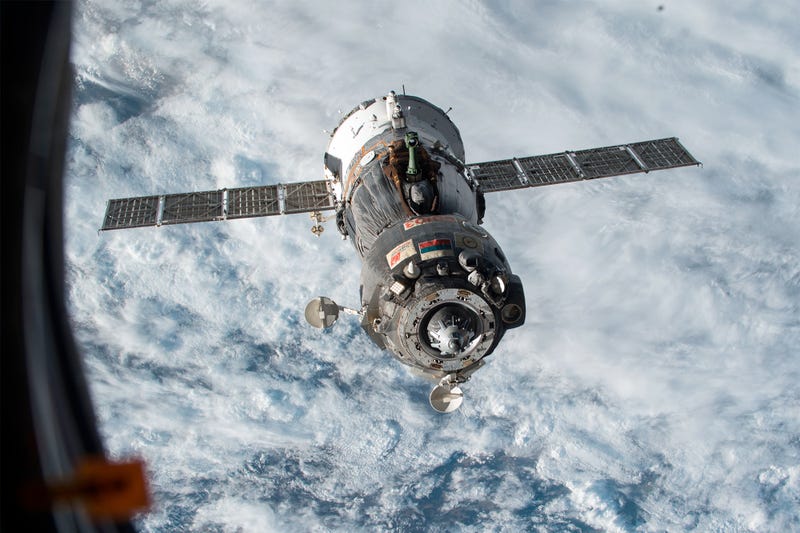
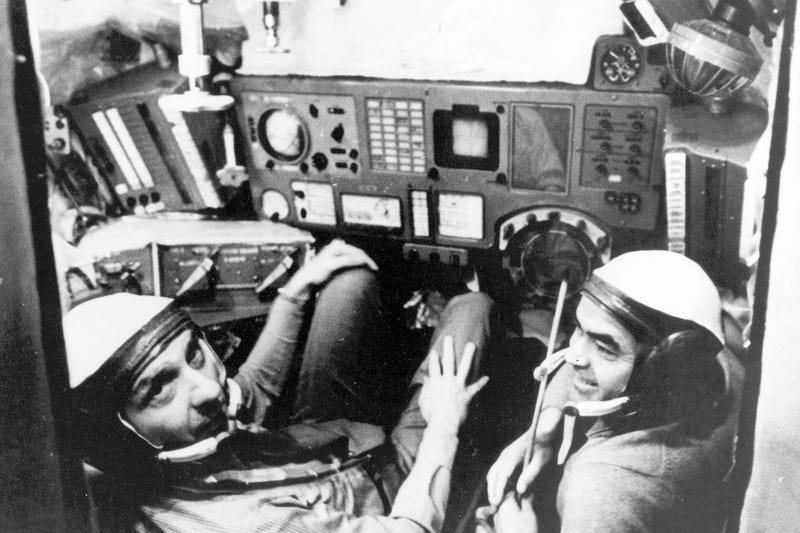
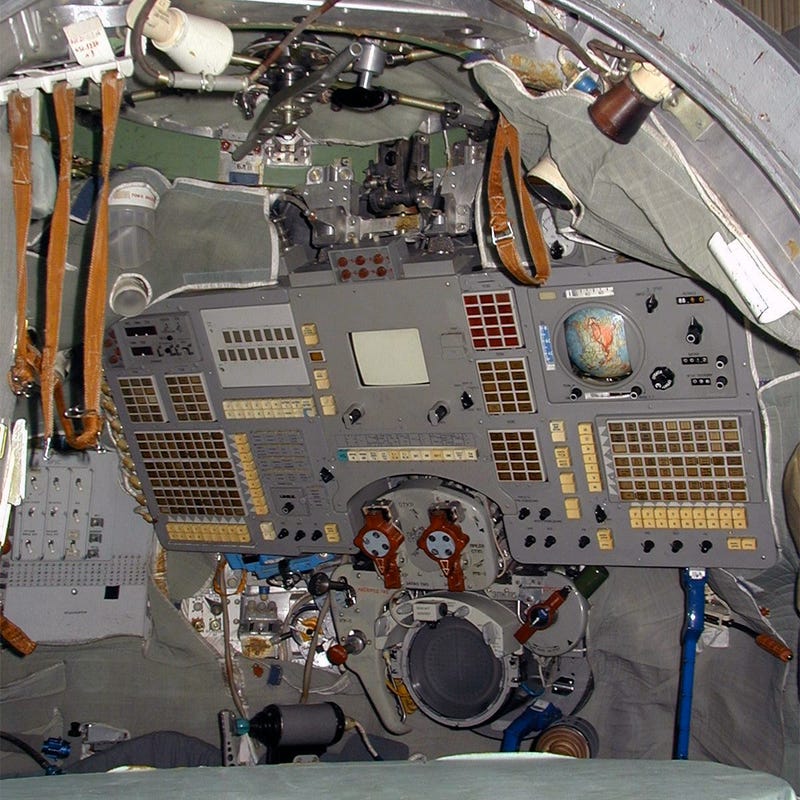
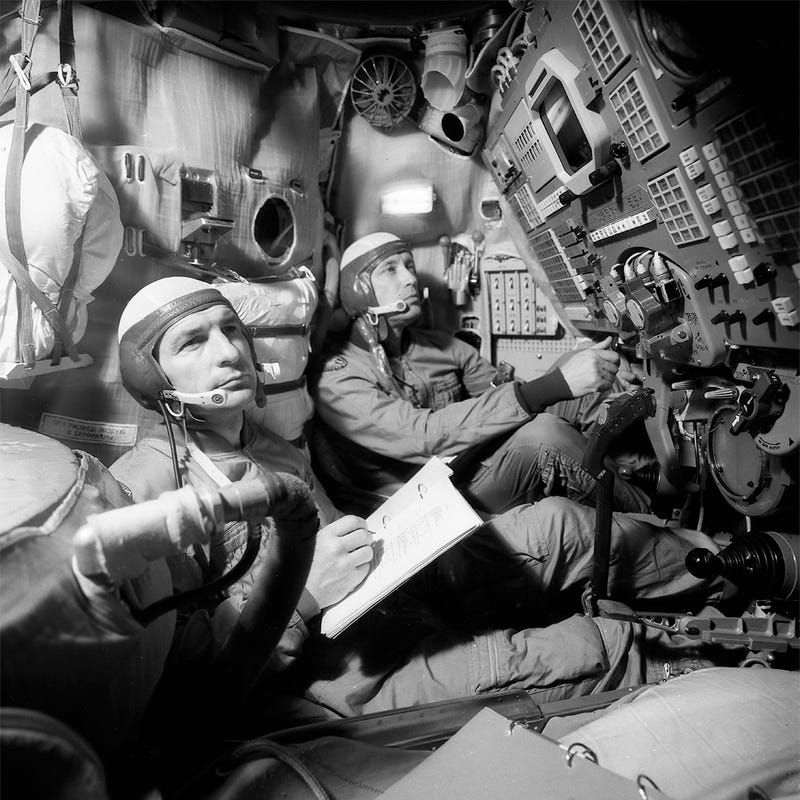
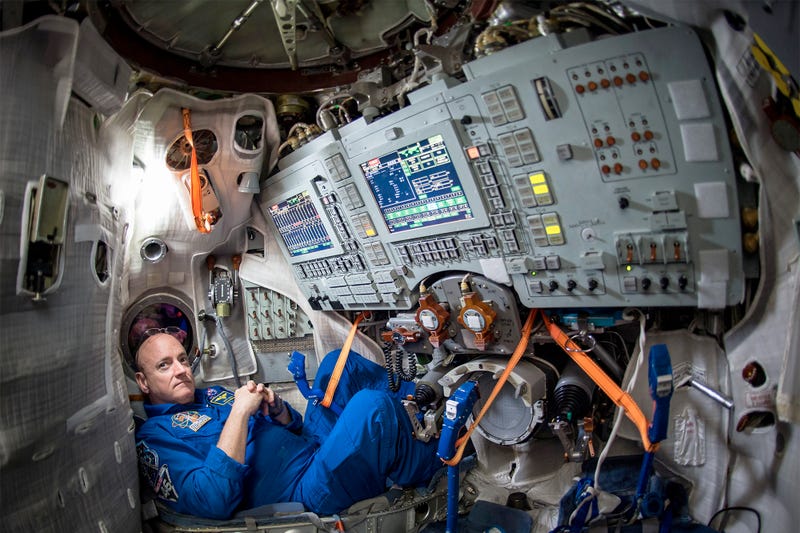

Apollo Lunar Module, 1968-1972
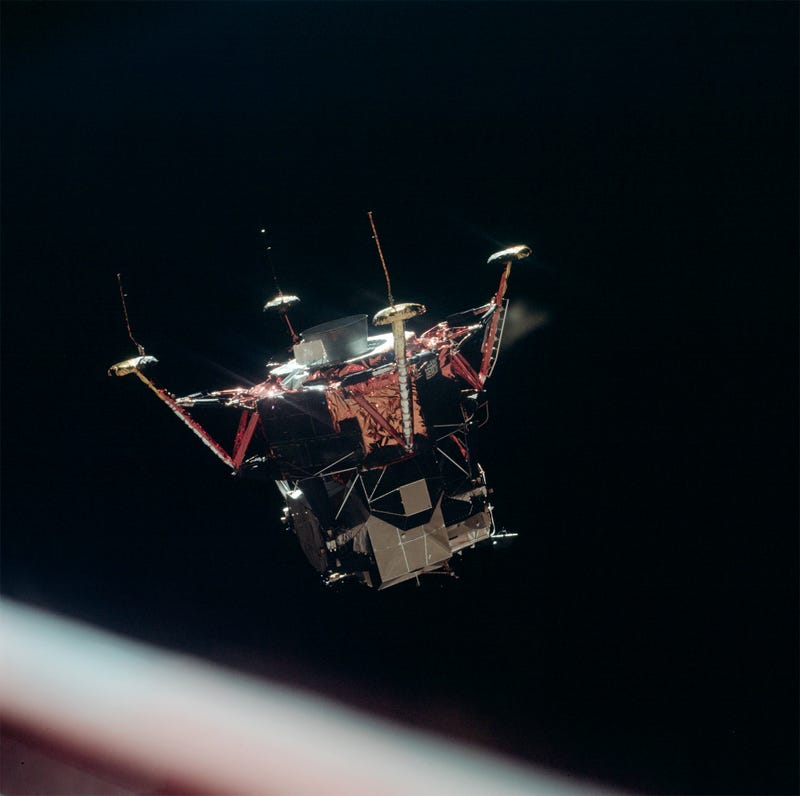
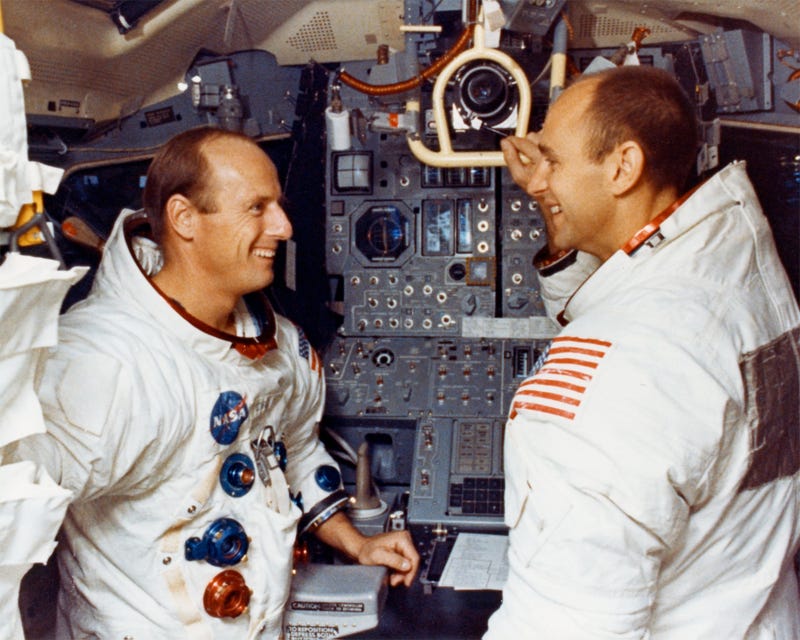
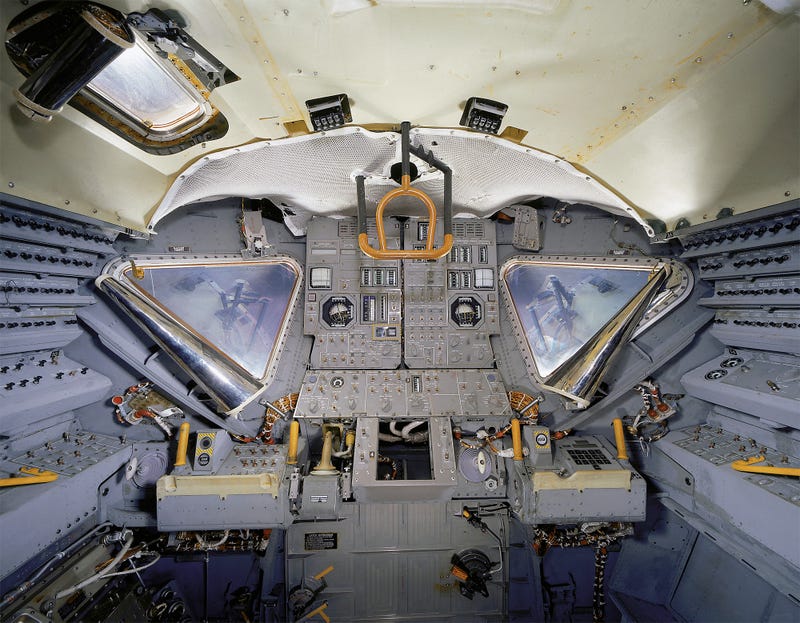
Apollo Command Module, 1968-1973
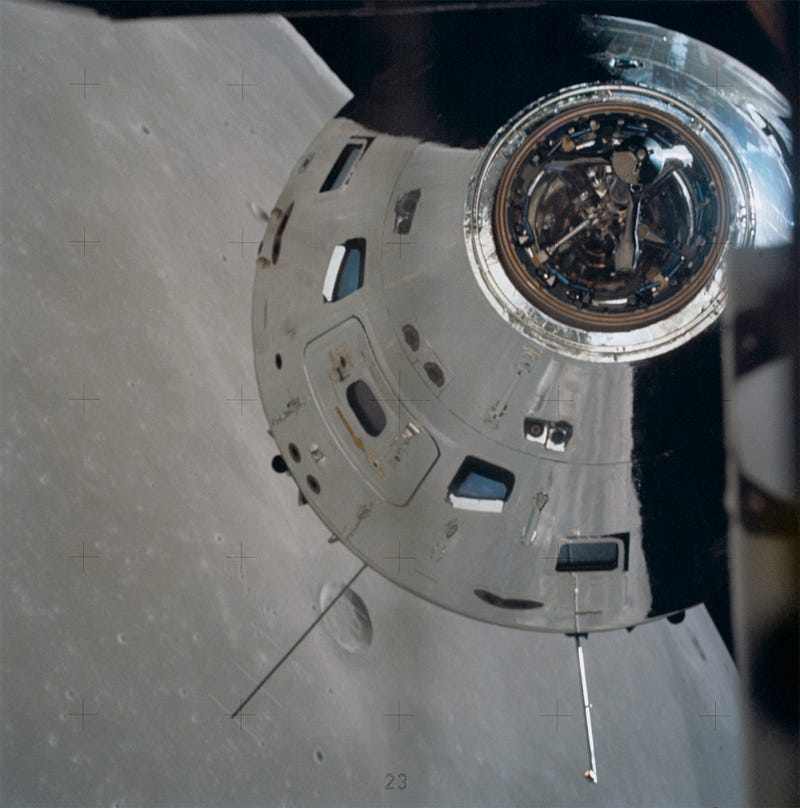
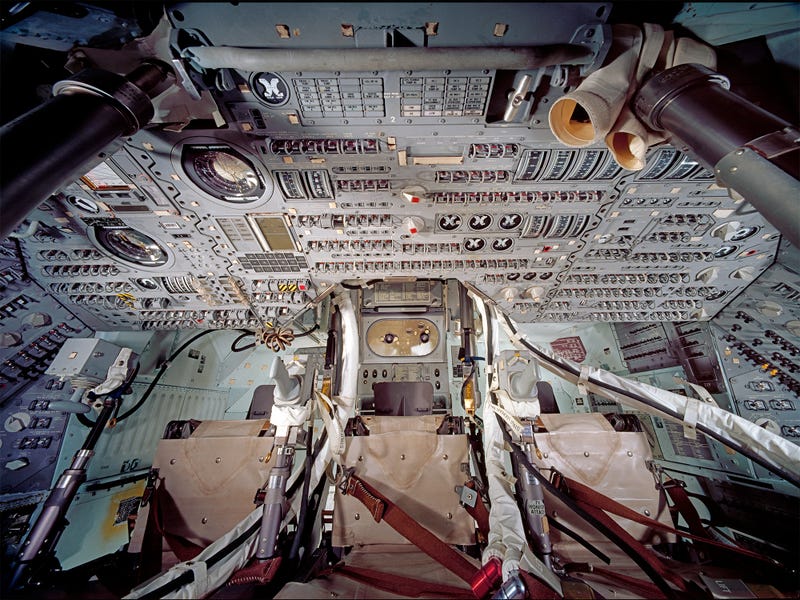
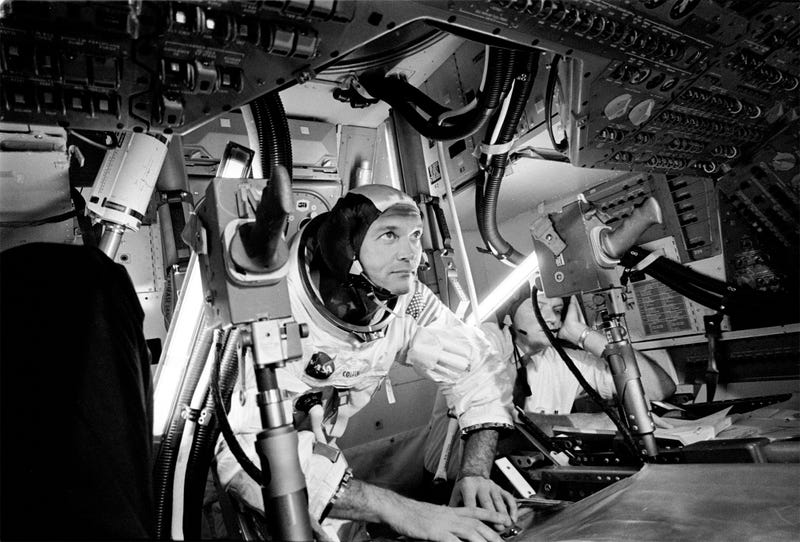
Space Shuttle Columbia cockpit, 1980 and 1998

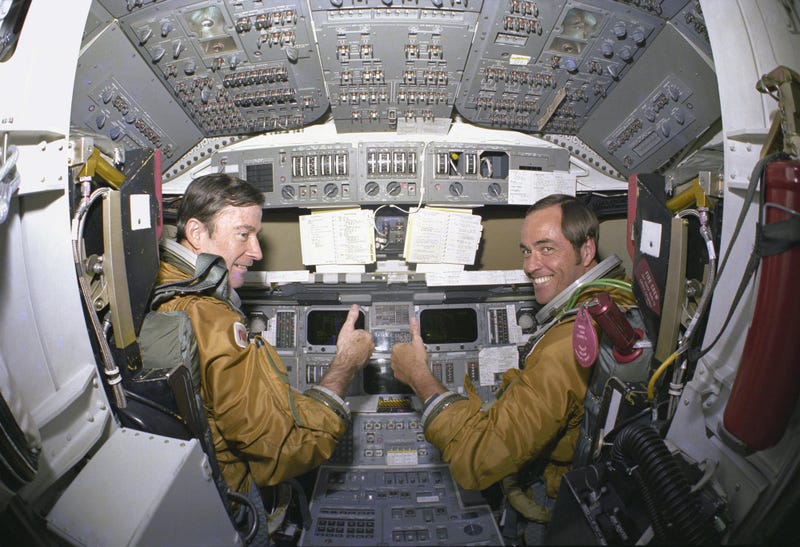

Buran, 1984-1988
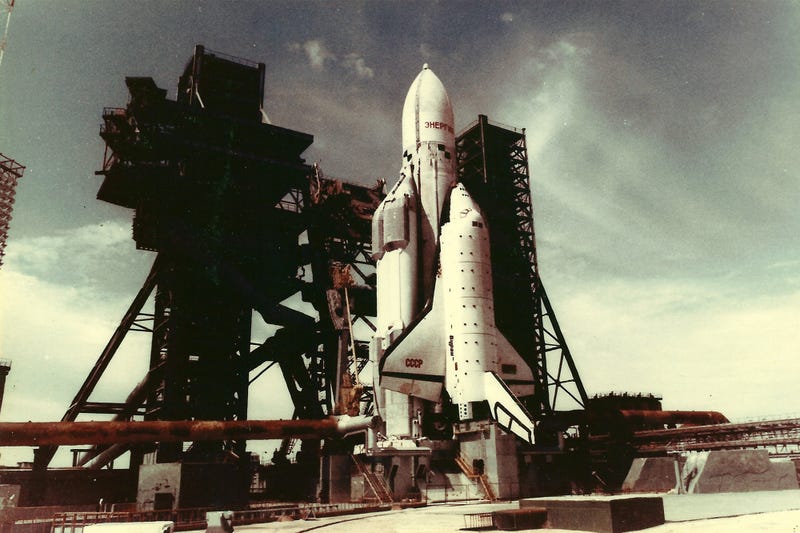
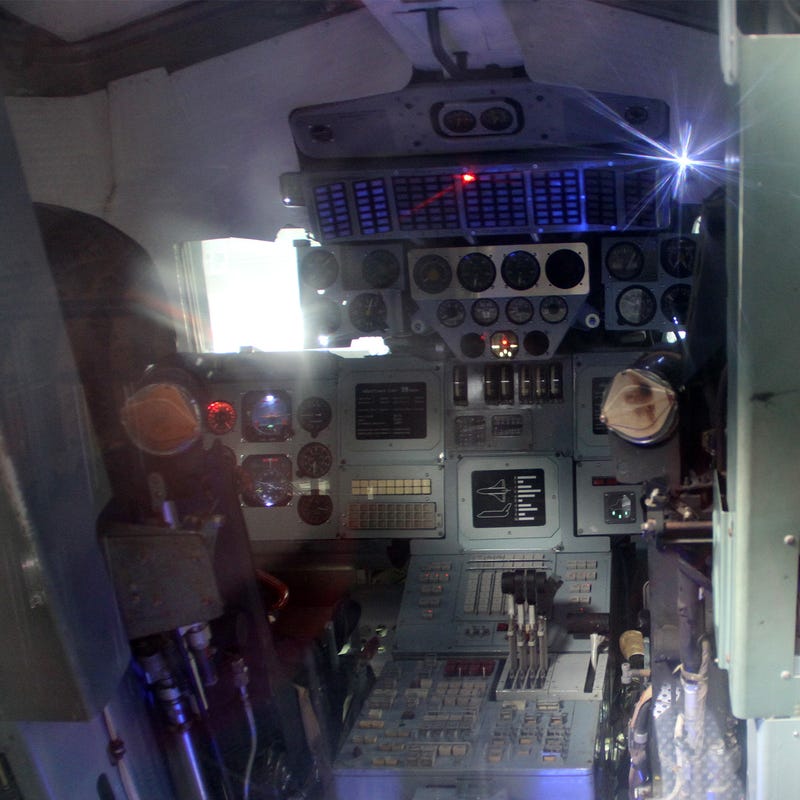
Space Shuttle Atlantis’ new full-color flat panel Multifunction Electronic Display Subsystem (MEDS), also called the “glass cockpit”, 1999.
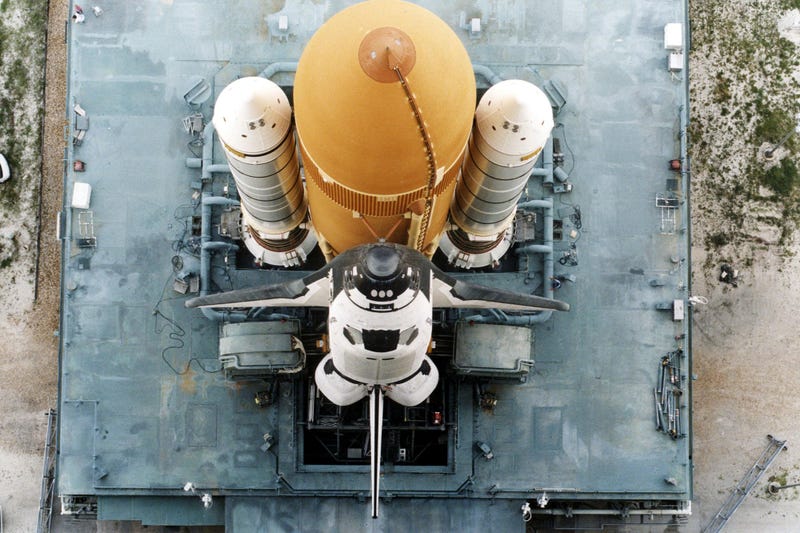
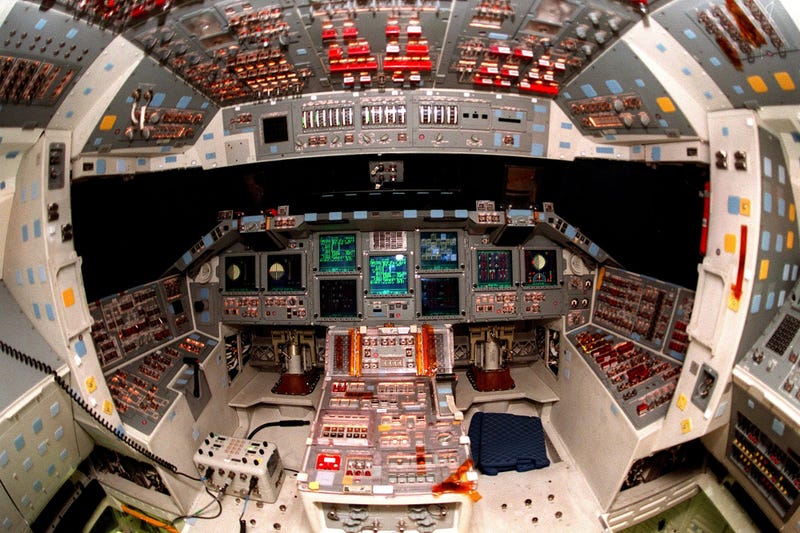
SpaceShipOne, 2003
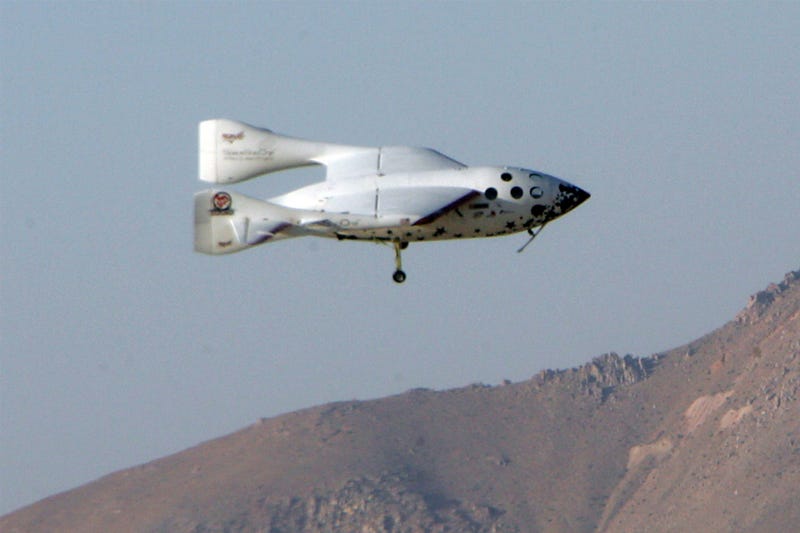

China’s Shenzhou spacecraft, 2008
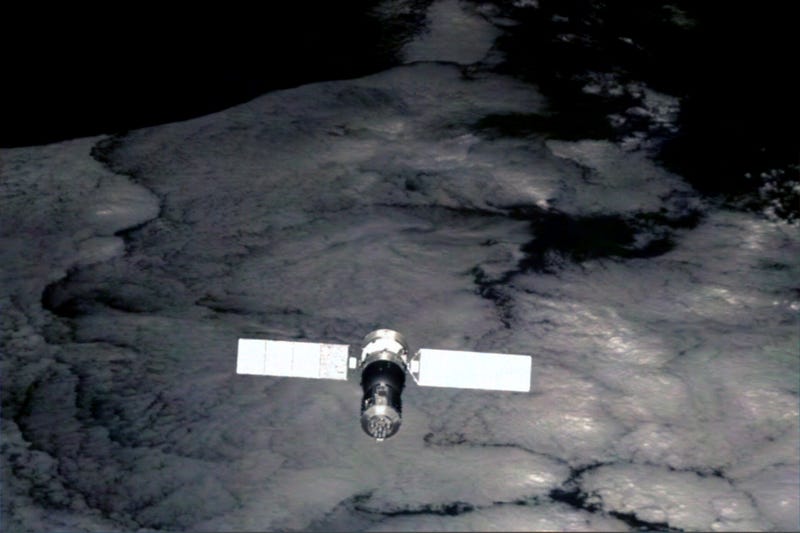
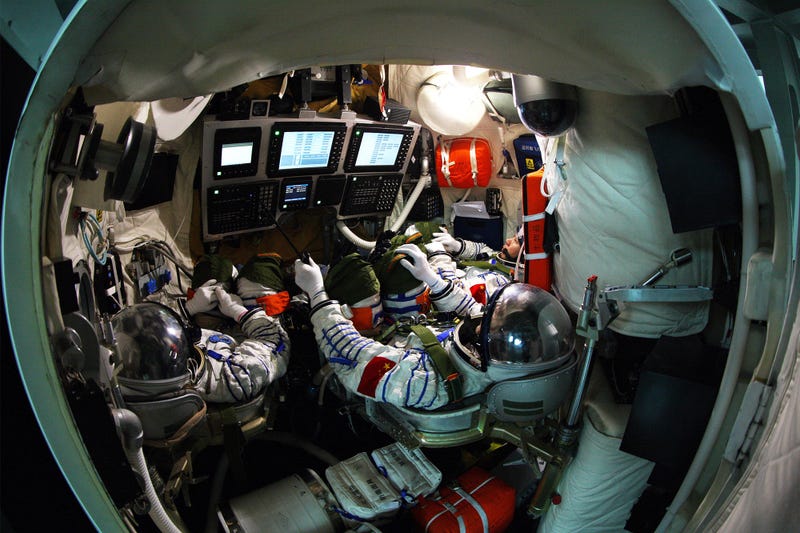
Space Shuttle Discovery, 2011
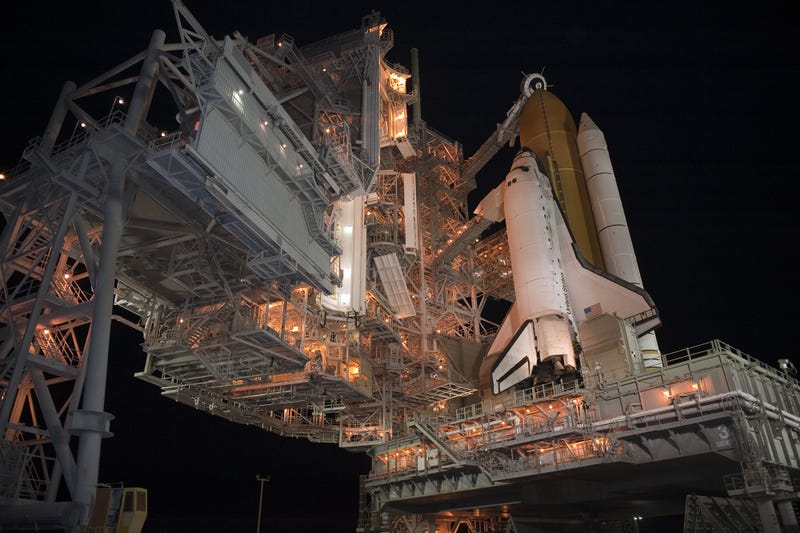
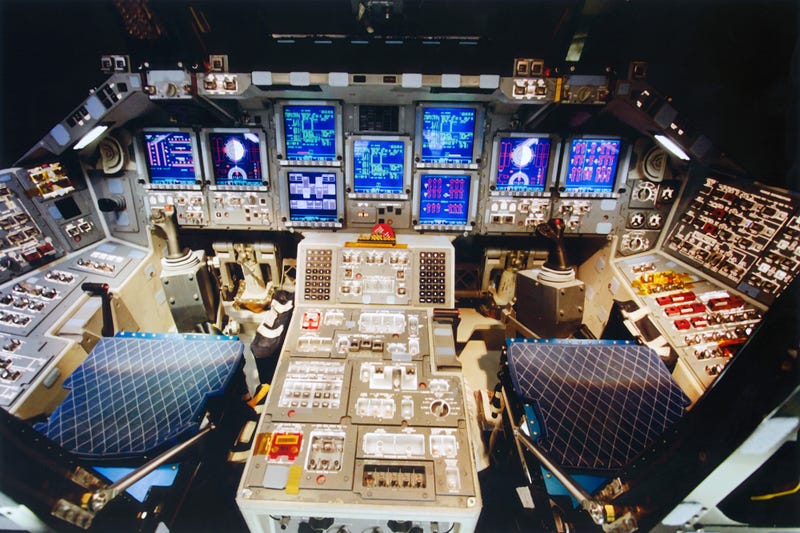
Sierra Nevada Corporation’s Dream Chaser, 2013
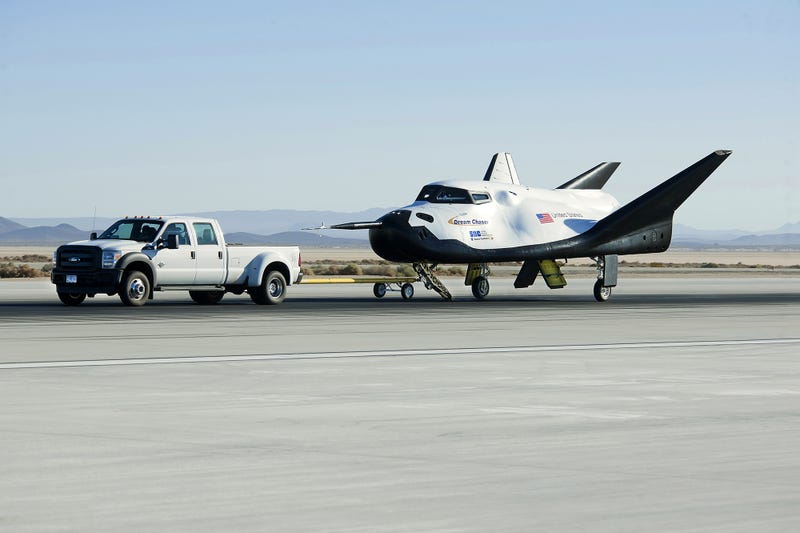
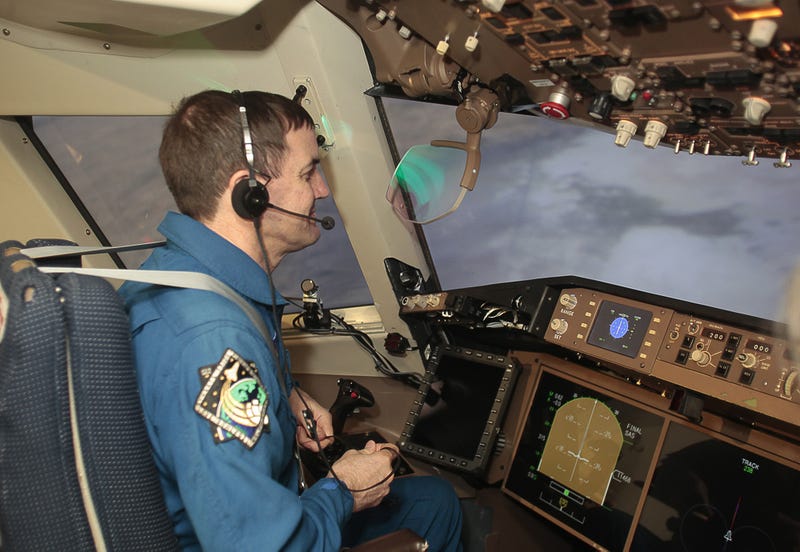
SpaceX Crew Dragon dashboard, 2014
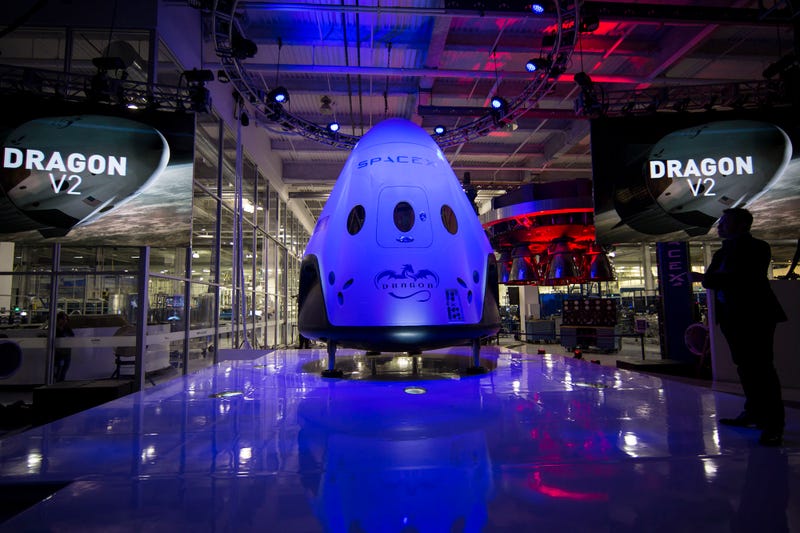
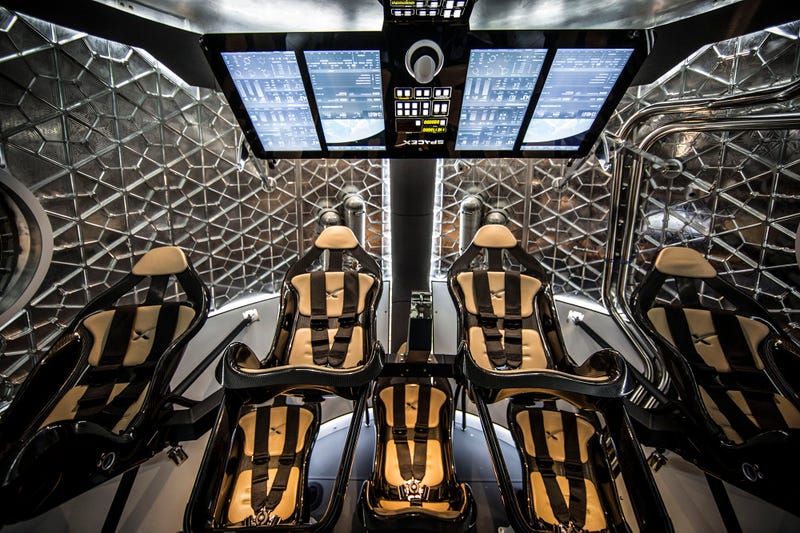
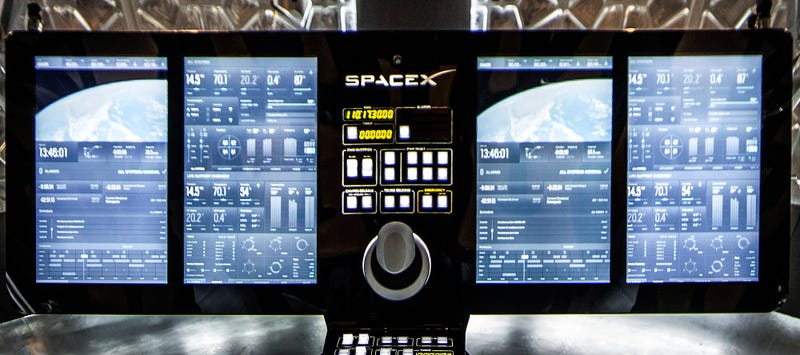
NASA Orion Spacecraft cockpit, 2014
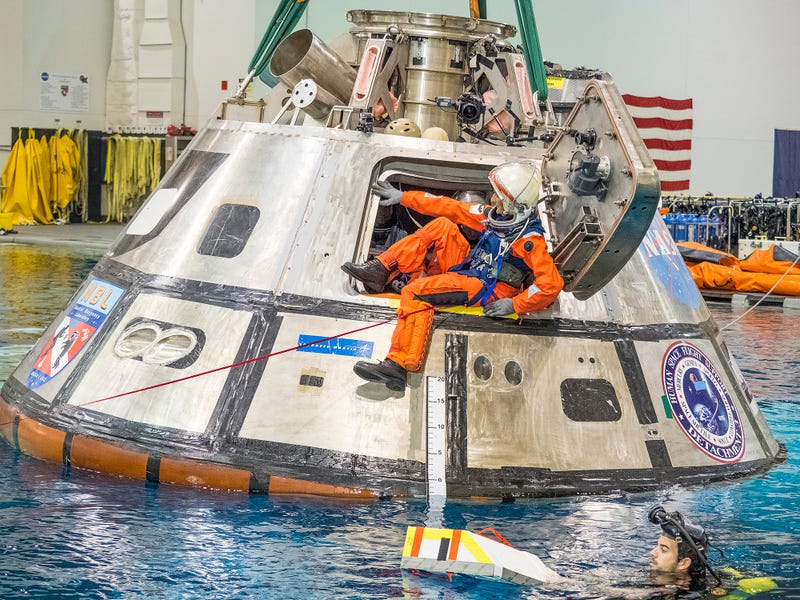
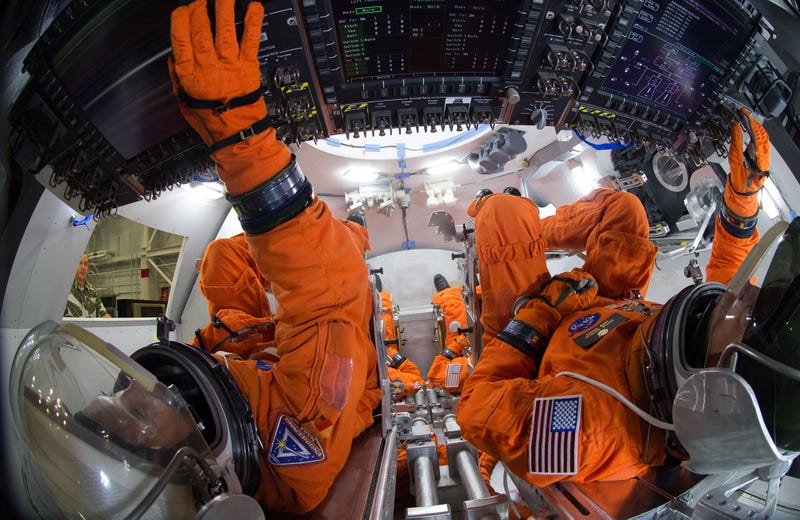
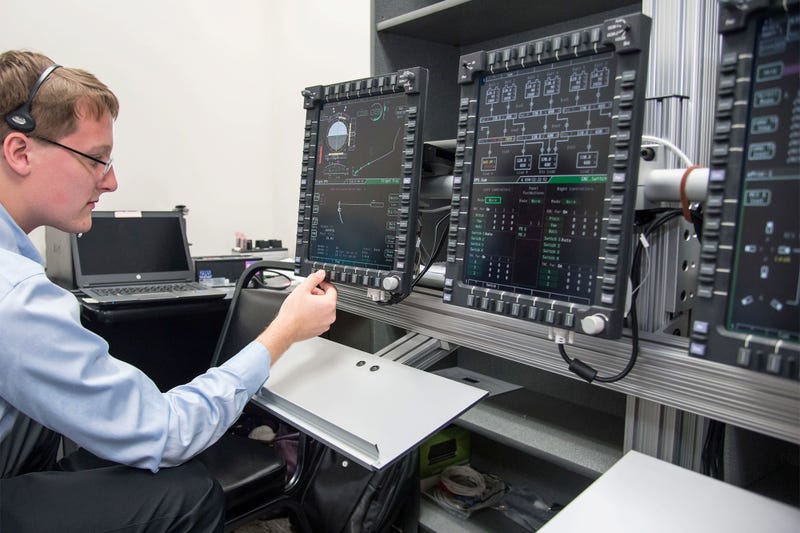
SpaceX Crew Dragon dashboard as of June 11, 2015
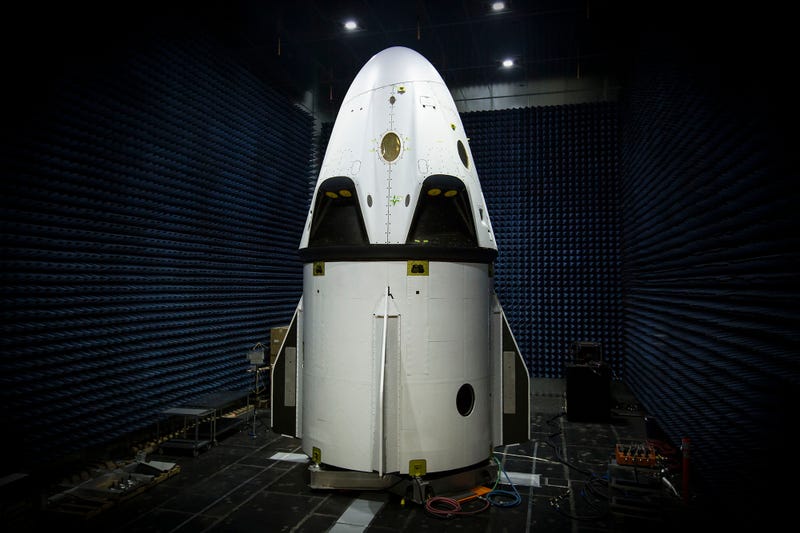
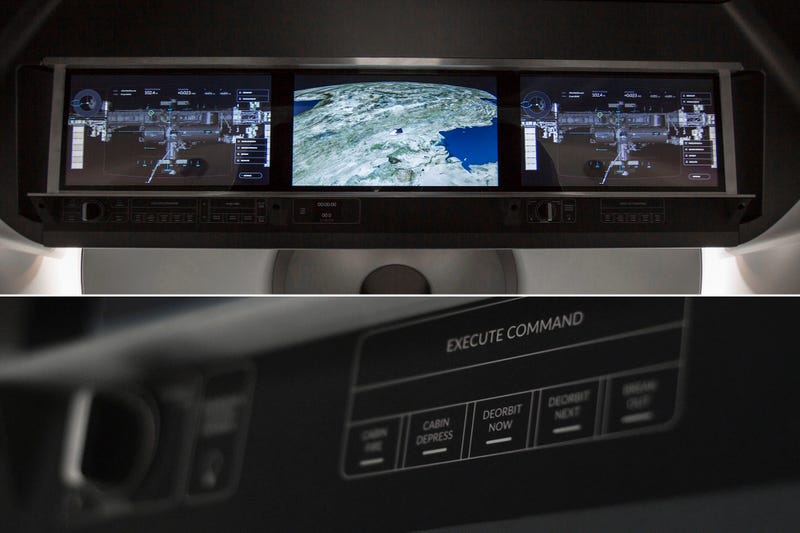
Russia’s Federation spacecraft, Roscosmos’ next generation Soyuz-TMA replacement, 2015.
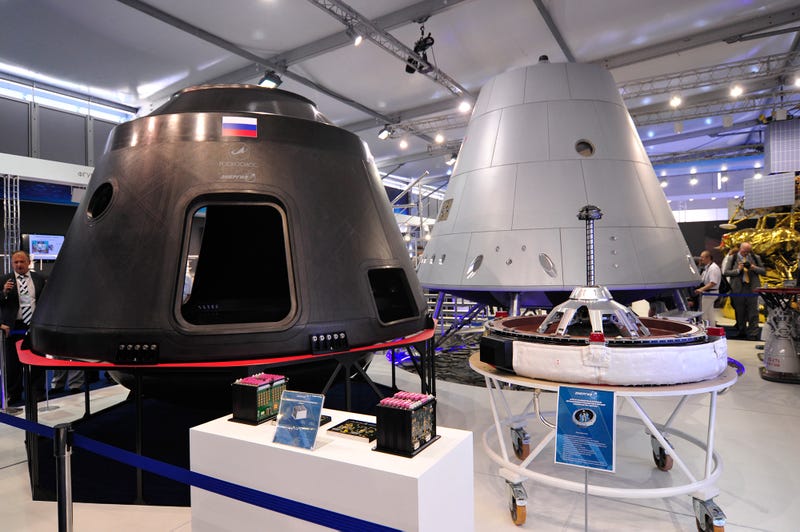
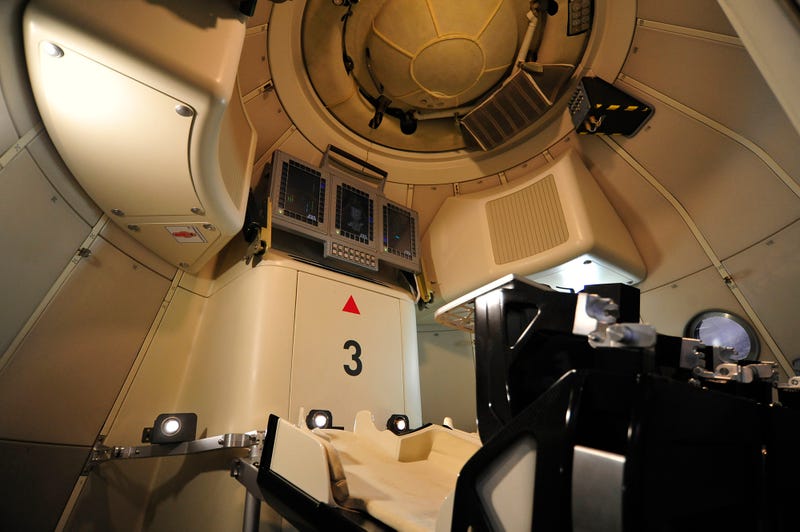
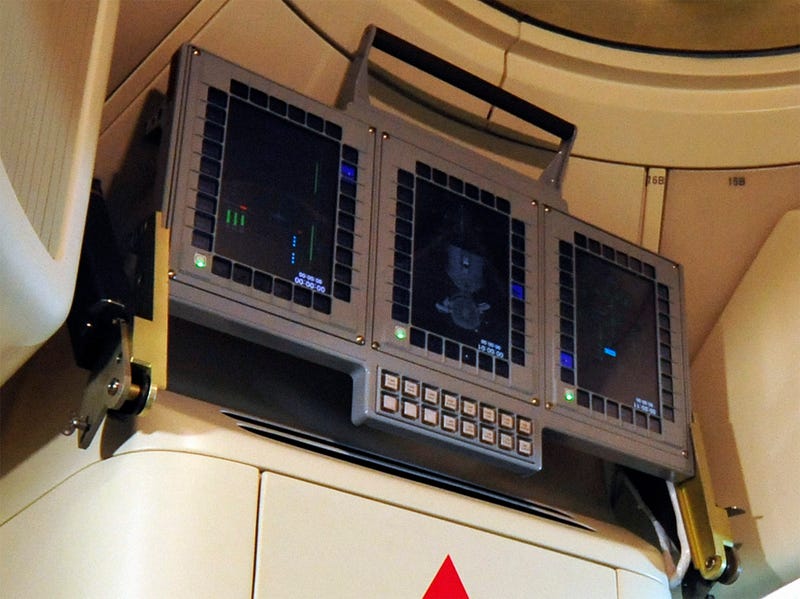
Boeing CST-100 Starliner, 2015.

